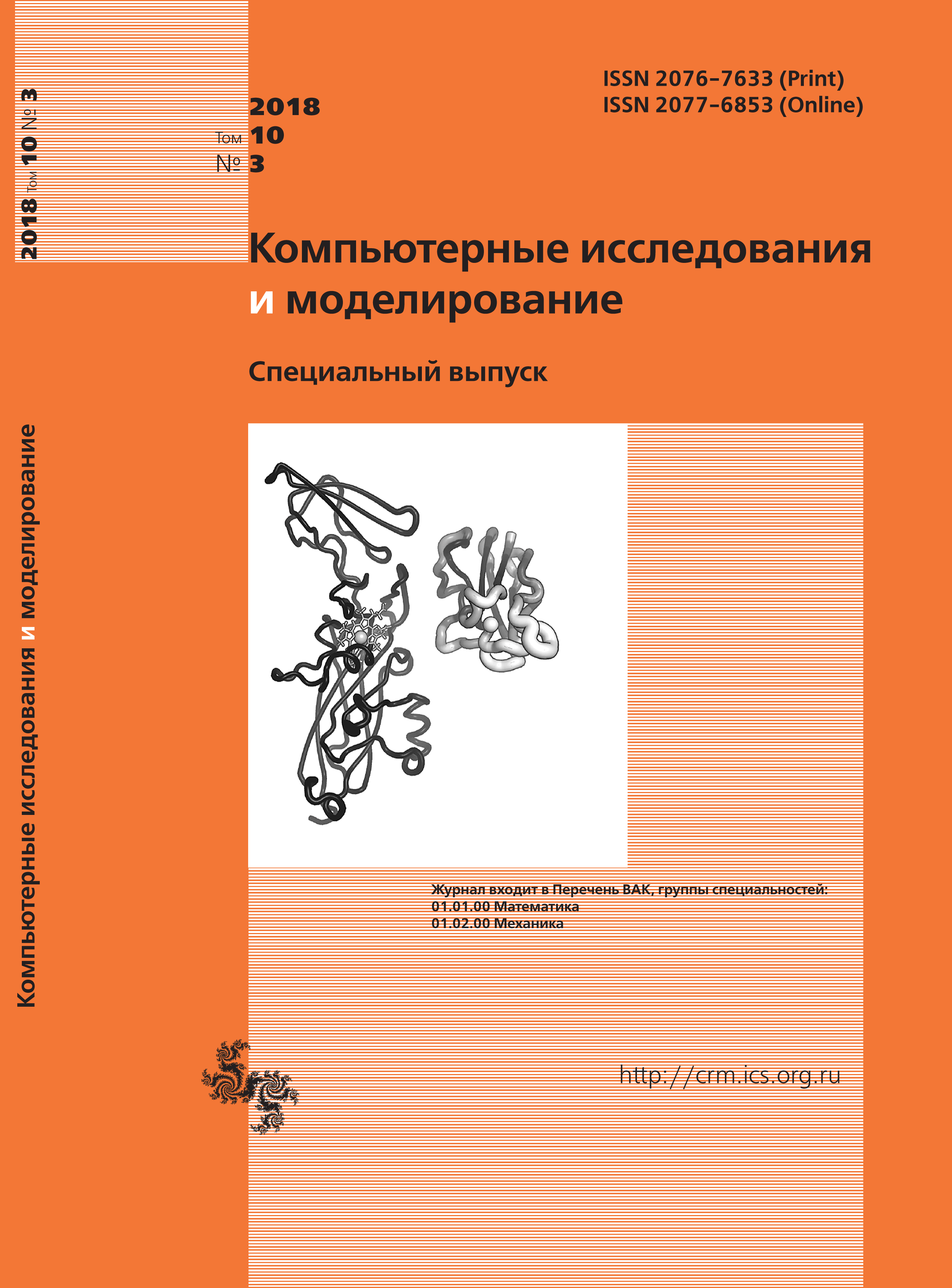All issues
- 2024 Vol. 16
- Issue 1 (special issue)
- 2023 Vol. 15
- 2022 Vol. 14
- 2021 Vol. 13
- 2020 Vol. 12
- 2019 Vol. 11
- 2018 Vol. 10
- 2017 Vol. 9
- 2016 Vol. 8
- 2015 Vol. 7
- 2014 Vol. 6
- 2013 Vol. 5
- 2012 Vol. 4
- 2011 Vol. 3
- 2010 Vol. 2
- 2009 Vol. 1
Intersection in a smart city
Intersections present a very demanding environment for all the parties involved. Challenges arise from complex vehicle trajectories; occasional absence of lane markings to guide vehicles; split phases that prevent determining who has the right of way; invisible vehicle approaches; illegal movements; simultaneous interactions among pedestrians, bicycles and vehicles. Unsurprisingly, most demonstrations of AVs are on freeways; but the full potential of automated vehicles — personalized transit, driverless taxis, delivery vehicles — can only be realized when AVs can sense the intersection environment to efficiently and safely maneuver through intersections.
AVs are equipped with an array of on-board sensors to interpret and suitably engage with their surroundings. Advanced algorithms utilize data streams from such sensors to support the movement of autonomous vehicles through a wide range of traffic and climatic conditions. However, there exist situations, in which additional information about the upcoming traffic environment would be beneficial to better inform the vehicles’ in-built tracking and navigation algorithms. A potential source for such information is from in-pavement sensors at an intersection that can be used to differentiate between motorized and non-motorized modes and track road user movements and interactions. This type of information, in addition to signal phasing, can be provided to the AV as it approaches an intersection, and incorporated into an improved prior for the probabilistic algorithms used to classify and track movement in the AV’s field of vision.
This paper is concerned with the situation in which there are objects that are not visible to the AV. The driving context is that of an intersection, and the lack of visibility is due to other vehicles that obstruct the AV’s view, leading to the creation of blind zones. Such obstruction is commonplace in intersections.
Our objective is:
1) inform a vehicle crossing the intersection about its potential blind zones;
2) inform the vehicle about the presence of agents (other vehicles, bicyclists or pedestrians) in those blind zones.
Indexed in Scopus
Full-text version of the journal is also available on the web site of the scientific electronic library eLIBRARY.RU
The journal is included in the Russian Science Citation Index
The journal is included in the RSCI
International Interdisciplinary Conference "Mathematics. Computing. Education"







